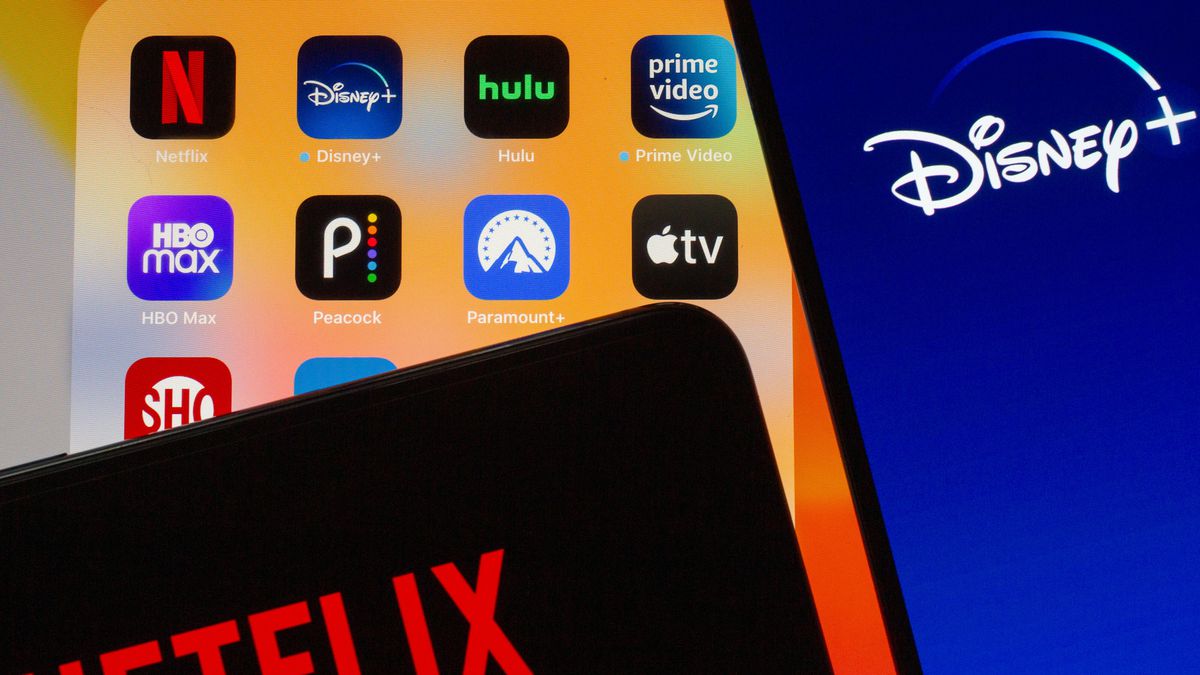The Challenges of a Crowded Streaming Market
Matthew McCarthy
Marketing Writer
Although video streaming—specifically that of television—has existed since the late 1990’s it only truly came into wider public use in 2007 when Netflix unveiled its “Watch Now” feature. It changed the long stagnant home entertainment market forever, giving its subscribers the ability to get the shows and movies they loved on demand from practically anywhere. This perfectly coincided with the growing consumer desire for faster products and services. Streaming on demand joined the ranks of things like Amazon Prime two-day shipping, Stadia’s cloud gaming platform and other nearly instantaneous services. In the fourteen years since Netflix changed the distribution of entertainment content, many other platforms have emerged to vie for dominance. Some of these names include Hulu, Amazon Prime, and Apple TV, along with newer names such as, Paramount+, Peacock, and the updated HBO Max. So far, the supply has yet to outpace the demand, with Park Associates reporting that in the first quarter of 2021, 46% of American homes were subscribed to four or more services. That is up from only 22% last year around the same time, however this could be attributed to abnormalities of a global pandemic. Overall, consumers are switching from traditional to streaming options and are willing to subscribe to more than one provider to do so. As a result, these platforms are furiously racing to gain more subscribers before households become oversaturated with subscriptions.
Recently HBO Max, a newer entrant among premium streaming services, took a dip in their subscriber numbers. This is because they have discontinued offering the service on Amazon Channels, making their content separate from Amazon’s Prime Video audience and Amazon devices. This caused them to lose nearly 2 million domestic subscribers, although they have pushed a discount-oriented marketing strategy to regain the lost subscribers. HBO Max’s parent company WarnerMedia is in talks to be bought out by the company Discovery. Discovery launched its own streaming platform, named Discovery+, in January 2021 and is projected to combine with HBO Max after the two companies merge. However, WarnerMedia CEO Jason Kilar affirmed that it would be business as usual, and that HBO Max would continue to aggressively market both in and out of the US while negotiations continue.

Netflix continues its domination of the streaming market with well over 200 million subscribers. For comparison, the combination of Disney+, ESPN+, and Hulu trails behind with around 175 million subscribers. Despite boasting a favorite binge show like The Office, Peacock, the streaming option by NBCUniversal, has struggled with subscription numbers and reflects the difficulty that comes with marketing streaming services. Unlike most other consumer products, streaming platforms are just that, platforms. Barring further industry disruption, there is not much that foundationally differentiates one service from the other. This causes competition in the streaming market to center around the content hosted on each platform, from existing, fan-favorite shows to new, original content unique to the streaming service. This poses interesting challenges for marketers and encourages thinking differently. So far streaming has not hit a critical mass or oversaturation but as US consumers rack up more and more streaming subscriptions, global expansion of these services is becoming another popular strategy. However, it is important to keep in mind the original marketing strategy for streaming that focused on bringing together your favorite entertainment content on demand and in one place. Looking forward, as content licensing allows intellectual property to exist on multiple platforms, streaming services are looking for new core values to drive product differentiation and marketing.
Contact Matthew at mccartm1@shu.edu

